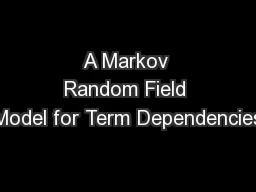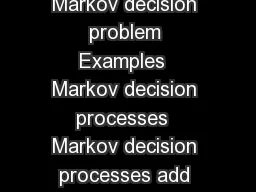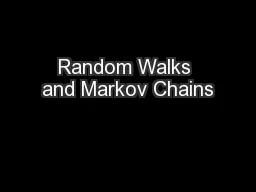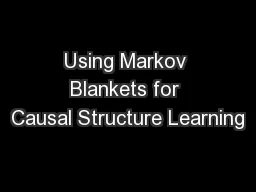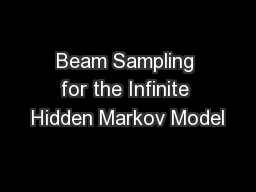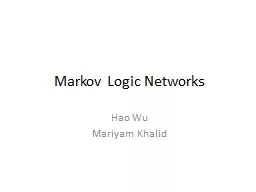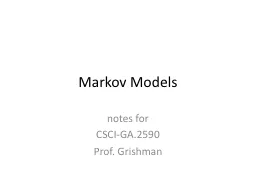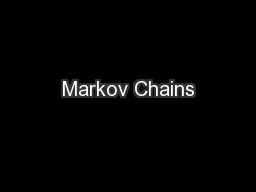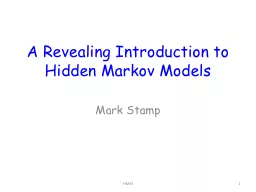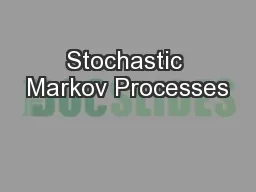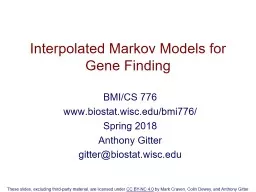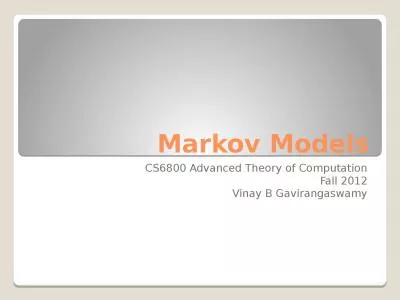PPT-A Markov Random Field Model for Term Dependencies
Author : danika-pritchard | Published Date : 2019-03-15
Hongyu Li amp Chaorui Chang Background Dependencies exist between terms in a collection of text Estimating statistical models for general term dependencies is infeasible
Presentation Embed Code
Download Presentation
Download Presentation The PPT/PDF document "A Markov Random Field Model for Term Dep..." is the property of its rightful owner. Permission is granted to download and print the materials on this website for personal, non-commercial use only, and to display it on your personal computer provided you do not modify the materials and that you retain all copyright notices contained in the materials. By downloading content from our website, you accept the terms of this agreement.
A Markov Random Field Model for Term Dependencies: Transcript
Download Rules Of Document
"A Markov Random Field Model for Term Dependencies"The content belongs to its owner. You may download and print it for personal use, without modification, and keep all copyright notices. By downloading, you agree to these terms.
Related Documents

